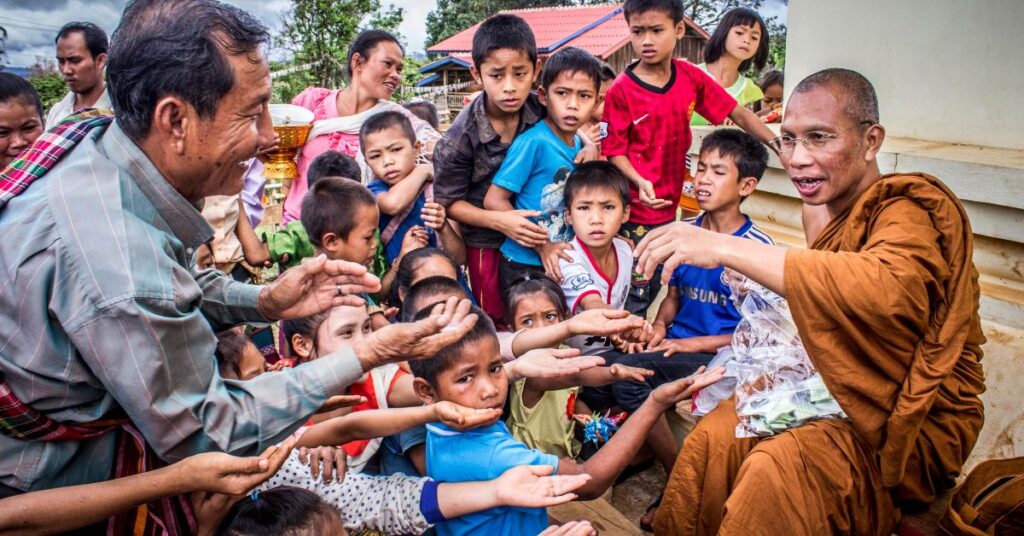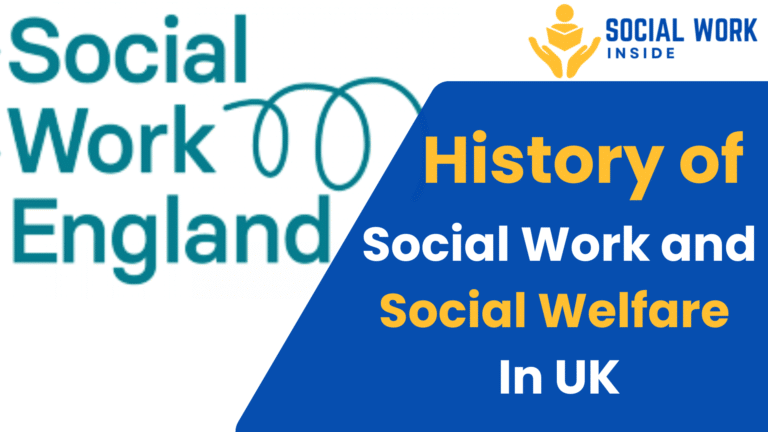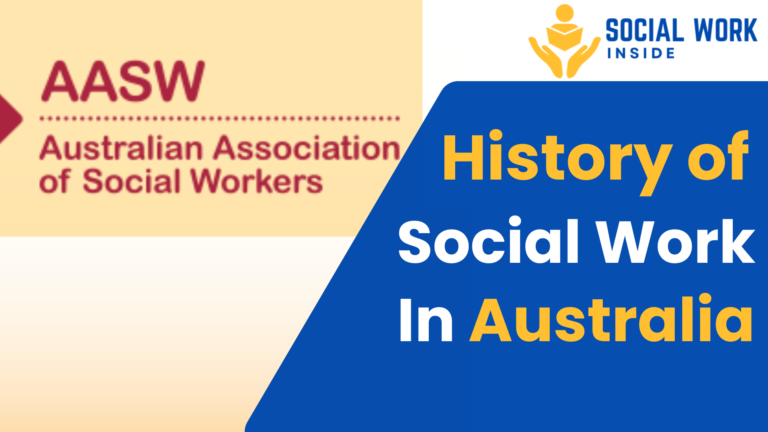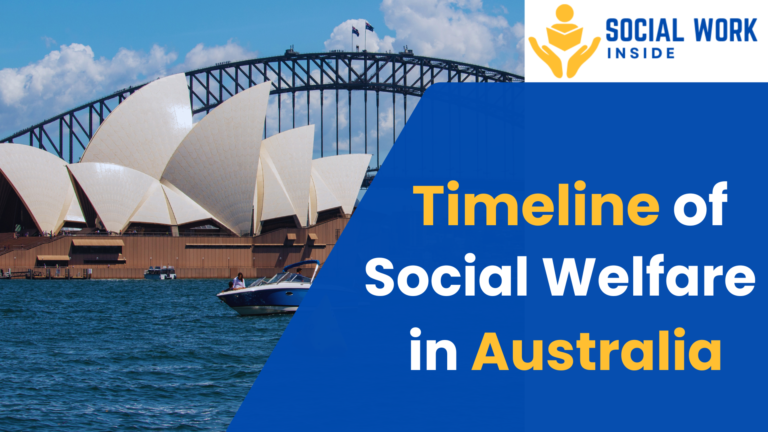Social Work in Italy From Faith to Welfare Reform

Social work in Italy has a deep and meaningful history. From early faith-based support by the Catholic Church to modern government-led welfare programs, Italy’s path blends family values, religion, and public service.
Today, Italian social workers address everything from elder care to refugee support and mental health services proving the system is both historic and highly active today.
Evolution of Social Work in Italy
| Time Period | Milestones |
|---|---|
| Pre-1900s | Catholic Church in Italy runs orphanages, charities |
| Early 1900s | Growth of faith-based social work in Europe |
| Post-1948 | Italian Constitution ensures social justice and welfare rights |
| 1970s–1990s | Expansion of state-run services, decline in religious dominance |
| 2000s–Today | Focus on migrants, aging, mental health, with combined secular-religious efforts |
Foundations: Faith-Based Social Work

For centuries, Catholic institutions ran orphanages, soup kitchens, and charitable hospitals. These were some of the earliest forms of social work in Italy.
Real Example:
The Opera San Francesco per i Poveri in Milan still operates today. Founded in 1959, it offers daily meals, showers, clothing, and medical services to over 2,500 people a day continuing the Catholic influence on welfare.
Faith vs Government

| Features | Faith-Based (Pre-1948) | Government-Led (Post-1948) |
|---|---|---|
| Led by | Catholic Church | Italian government |
| Services Provided | Orphanages, food banks, moral care | Legal aid, pensions, social housing |
| Funding | Church donations | Taxpayer-funded |
| Focus | Charity and compassion | Equal access and rights |
The Rise of the Welfare State
After World War II, Italy rebuilt its laws to promote social justice. The Italian Constitution (1948) officially gave citizens the right to social assistance, housing, and healthcare.
Real Example:
Post-1948 reforms helped create INPS (Istituto Nazionale della Previdenza Sociale), Italy’s main social security institution. It now handles:
- Unemployment benefits
- Maternity leave
- Disability pensions
This made public assistance programs more accessible and professional.
Family Support Systems in Action

In Italy, family support systems are central to social care. Families often take on roles typically managed by professionals in other countries.
Real Example:
During the COVID-19 pandemic, over 70% of elderly Italians remained at home under family care, with help from social workers offering home visits, mental health support, and grocery delivery blending community care with government outreach.
Modern-Day Social Workers: Education & Action
Today, social workers in Italy are trained through university degrees, focusing on ethics, cultural competency, and social policy evolution.
Real Example:
Programs like the University of Rome Tor Vergata’s Master in Social Work and Welfare Policy train professionals to handle:
- Child protection
- Refugee integration
- Domestic violence cases
These programs blend academic knowledge with fieldwork.
Social Work for Migrants and Refugees
Italy is a frontline country for migrants arriving from North Africa. Social workers handle legal, medical, housing, and emotional care.
Real Example:
Organizations like Mediterranean Hope and Caritas Italiana help resettle migrants in places like Lampedusa and Sicily by providing:
- Trauma counseling
- Language courses
- Job placement programs
- Housing support
These efforts show the real-time impact of Italian public assistance systems.
Mental Health and Social Reform
Mental health was once deeply stigmatized in Italy. That changed due to major social work advocacy.
Real Example:
Thanks to Franco Basaglia, Italy passed Law 180 (Basaglia Law) in 1978. It shut down abusive mental asylums and created community-based care. Today, Italy has a strong network of mental health professionals, often supported by social workers.
Italy’s European Context
Compared to other European social work systems, Italy uniquely blends church-state relations in welfare. Other nations have fully separated church and state, but Italy maintains faith-based social support alongside public services.
Summary: Social Work in Italy, Then and Now

| Then (Pre-WWII) | Now (2020s and beyond) |
|---|---|
| Church-led charities | Government-regulated services |
| Faith-based social work | Professionalized social services |
| Volunteer-based care | Degree-holding licensed workers |
| Focus on the poor only | Support for all social groups |
FAQs
Is social work in Italy still religious?
Partly. While many services are secular, groups like Caritas and San Vincenzo still run faith-based initiatives.
What is a modern challenge for Italian social work?
Migration, an aging population, and unemployment are top concerns.
How do Italians view social workers?
They are respected professionals, especially those in family and child welfare.
Are there still charities run by the Church?
Yes, many Catholic charities like Opera San Francesco continue helping the poor.
External Resources
- Italian Constitution – Official Translation (PDF)
- Opera San Francesco Charity Website (Real-time example)
- Related blog post: “How Family Shapes Social Welfare in Europe”
The history and present of social work in Italy is a rich story of compassion, culture, and progress. From the Catholic Church to the Italian Constitution, and from faith to reform, Italy built a system that continues to evolve.
Whether helping migrants, the elderly, or struggling families, today’s Italian social workers carry on a tradition of care for the common good one that blends the best of the old with the tools of the new.




One Comment